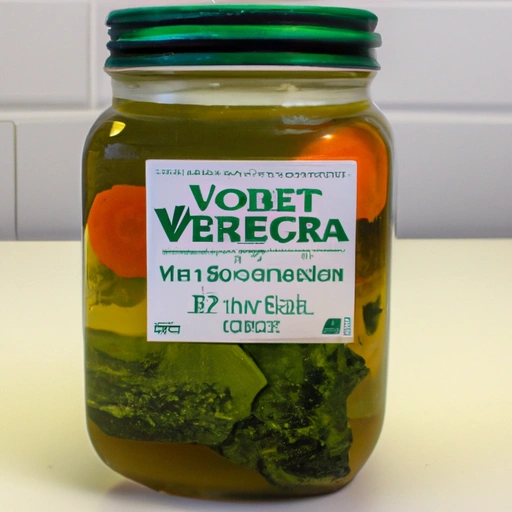Vegetable Broth
Description

Vegetable broth is a flavorful liquid made by simmering vegetables, herbs, and sometimes spices in water. It is a fundamental component in many cooking traditions, serving as a base for soups, sauces, and other dishes. The broth can be created using a variety of vegetables, such as onions, carrots, celery, and garlic, as well as herbs like thyme, parsley, and bay leaves to enhance its taste. It is a versatile ingredient that can accommodate numerous dietary preferences, including vegan, vegetarian, and gluten-free diets.
Common uses
Vegetable broth is commonly used as a base for soups, stews, and braises. It can also be used to cook grains like rice or quinoa, to deglaze pans, and to add flavor and moisture to casseroles and slow-cooked dishes. Its savory qualities make it a popular choice for enriching the depth of vegetarian and vegan dishes.
Nutritional value
Calories
Vegetable broth is low in calories, making it a great option for those monitoring their caloric intake.
Protein
While not a significant source of protein, vegetable broth can contain trace amounts from the vegetables used.
Fat
Typically low in fat, especially when homemade, as it does not require oil or fatty ingredients.
Carbohydrates
Contains a small number of carbohydrates derived from the vegetables infused in the water.
Vitamins
Can contain vitamins such as vitamin A, vitamin C, and various B vitamins, depending on the vegetables used.
Minerals
May include minerals like potassium, sodium, and magnesium, which are naturally present in vegetables.
Health benefits
Vegetable broth is hydrating and can aid in digestion due to its high water content and the presence of nutrients from vegetables. It's also low in fat and can be a good source of vitamins and minerals, contributing to a balanced diet.
Potential risks
Commercial vegetable broths can be high in sodium, which may be a concern for those with hypertension. Always check labels or make homemade broth to control the sodium content.
Common recipes
Used in a variety of recipes including vegetable soups, minestrone, lentil dishes, and as a base for sauces and gravies.
Cooking methods
Can be used in simmering, boiling, sautéing, and slow-cooking methods.
Pairing with other ingredients
Pairs well with a multitude of ingredients, including grains, legumes, starchy vegetables, and lean proteins.
Summary
Vegetable broth is a staple in many kitchens for its flavor-enhancing properties and nutritional benefits. It is easy to make at home with leftover vegetables and can be adapted to suit various tastes and dietary requirements. As an essential ingredient in a plethora of dishes, it remains a favorite among chefs and home cooks around the world.